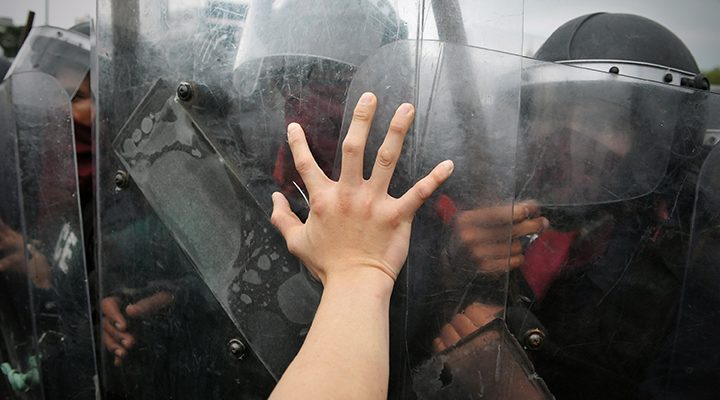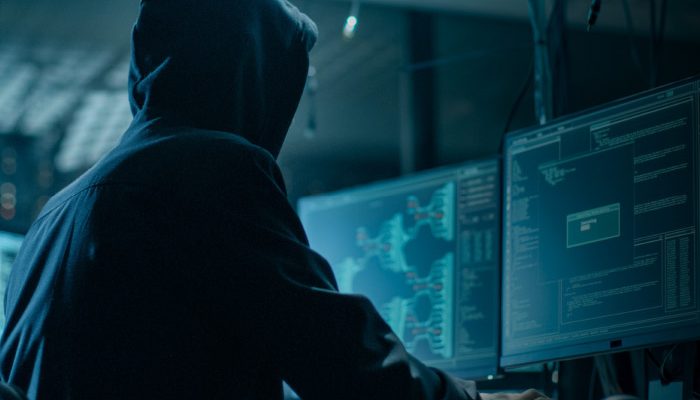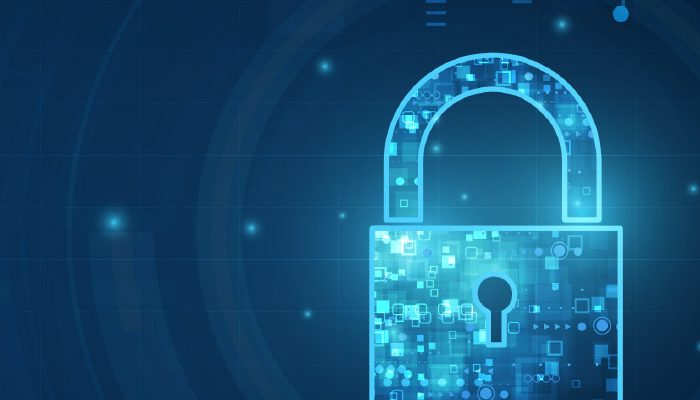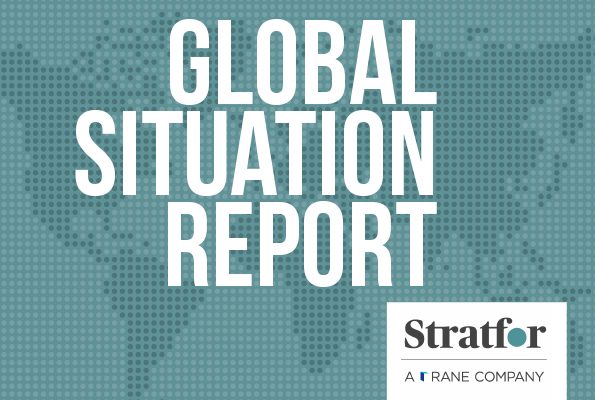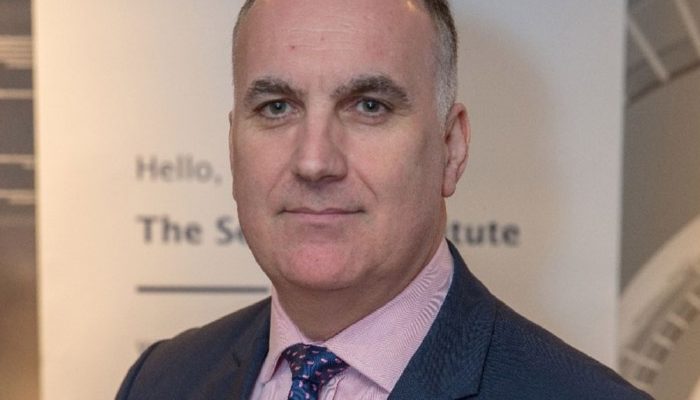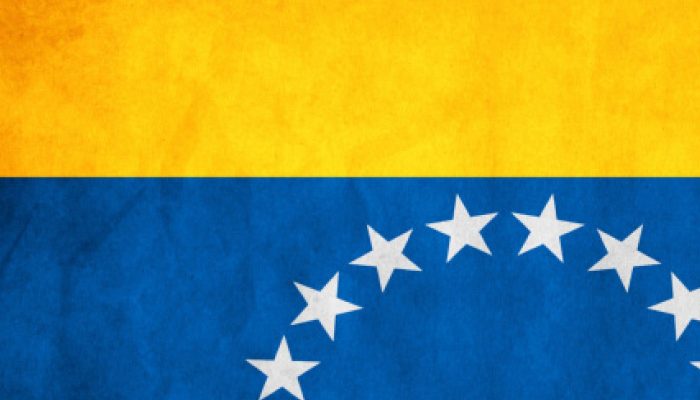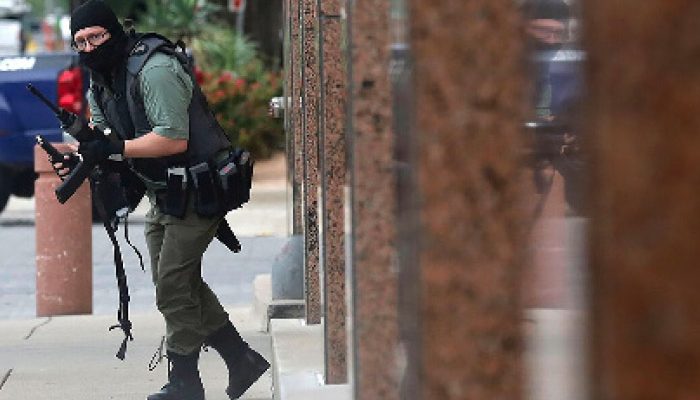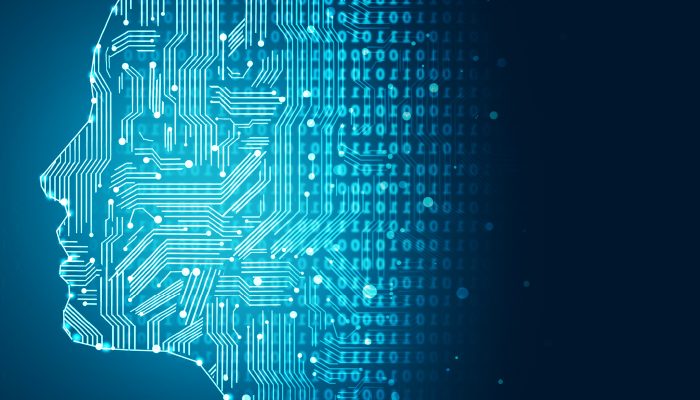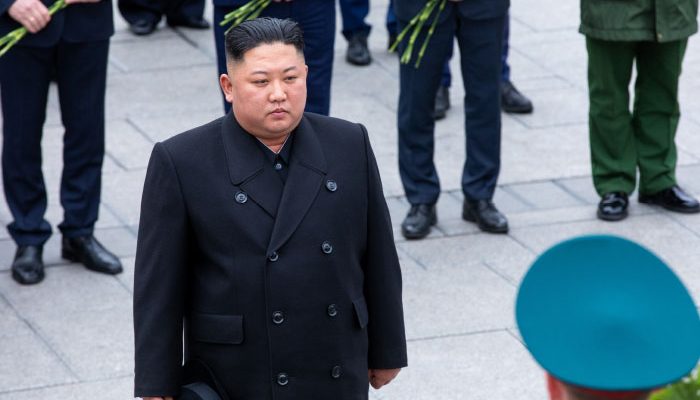To understand fear, one must examine it in several contexts from fear of a small insect to vicious animals, and even figments of man’s imagination. Imagination often drives the mechanisms that trigger fear. Fear can be a life saver or a killer. Understanding fear and accepting it as an emotional response opens a means of overcoming it.
THE LAST FRONTIER PART 6
Whether you are a protector, an attender, or a protector of an attender, knowing the baseline behavior (typical behavior or protocols for a certain group of people) of the church you are in will help to understand when something is not right.
Vehicles Used As Weapons
Religious extremist whether Al Qaeda or ISIS have long called for the use of Vehicles as Weapons even going back to 2010, when we saw an article in Inspire Magazine titled, “The Ultimate Mowing Machine.”
Cyber Security
Especially while many people are still remote, technology has become more and more central to people’s lives, and we are talking about ways that things will or will not return to normal. As we hear about more and more cyber security incidents, each supposedly carried out by ‘sophisticated threat actors with unprecedented capabilities’, it’s time to talk about the mystique of cyber security and the problem it has with public perception.
Global Situation Report – September 2021
As the battle for control of Afghanistan unfolds following the withdrawal of foreign troops, Pakistan will aim to consolidate its influence in the country.
Pakistan has historically relied on its good relationship with the Afghan Taliban to keep TTP fighters in check. As it awaits the rise of the ultimate power bearer amid the turmoil in Afghanistan, Islamabad will focus on preventing violence in its western provinces that poses a serious threat to CPEC-related Chinese investments.
Global Situation Report
Each issue our global geopolitical partner, Stratfor, provides an in-depth analysis of global incidents via in-house experts, cutting edge technology, and through a comprehensive globally sourced network. Here is your summary for the last 30 days. West Africa: Al Qaeda Is Expanding Operations in Benin and Ivory Coast Feb 2, 2021 France’s intelligence chief, Bernard […]
Insecure Smart Houses
They are only of limited relevance today, but as the technologies involved become more widespread and implemented into every facet of life they will only become more prevalent. While it sounds like the stuff of science fiction, these threats exist now and are not going to go away.
For simplicity, we’ll say that a ‘smart’ device is anything which connects to the internet (or a network) and is not intended to be a computer interface. Intended is the key word there, as many of these devices are insecure for the simple reason that they are a computer. The problem is that it is now cheaper and easier to put a general purpose computer into a device and run some software to, for example, turn lights on and off than it is to design a single-purpose lightbulb which also connects to a network.
What is Executive Protection?
In the past, I viewed Executive Protection (EP) as persons who provided corporate level protection. This was the guy who only walked with the CEO, politician, or other important corporate executives and dignitaries. With my limited understanding, I didn’t think of those who drive these same individuals as being considered Executive Protection agents as well. As an EP specialist, I now understand and have experienced some of the vast role’s EP work will encompass.
Industry News December 2020
We cast our eye over the main stories impacting the security industry. Here’s what’s appeared on the radar since the last issue.
Freedom or Security?
According to Paine, if twenty persons, all strangers to each other, found themselves in a previously uninhabited country, each individual’s will was his natural right. He had the freedom and liberty to do as he pleased, even invading the sovereignty of his neighbors. It would then occur to each sovereign individual that if he united with his neighbor for mutual protection he would increase his personal security. But to do that he would have to sacrifice certain degrees of his natural rights. The compromising of individual rights resulted in rights of “compact” or as our legislative laws were defined as “civil rights”.
Shifting the Paradigm
Well, there really isn’t anything fundamentally wrong with this approach, after all, as the saying goes, “if it ain’t broke, don’t fix it.” The trouble is if we continue to do the same thing in the same way we’re in danger of missing opportunities to improve, and surely that’s what we all want to do, become better, more efficient and smarter at what we do.
That’s undoubtedly the maxim I’ve always tried to apply to communications. We embraced digital radio enthusiastically when it first came on the scene 15+ years ago, even though doing so was detrimental to us in the short term, it paid off in the long-run. Many saw it as ‘revolution’ rather than ‘evolution,’ but eventually, it eclipsed its analogue forbear, and those naysayers had no choice but to evolve.
War in Venezuela
On the morning of April 30th, 2019 Venezuela’s opposition leader Juan Guaidó seemed to attempt a coup d’état against the communist government of Nicolás Maduro.
I use the word ‘seemed’ as what occurred can be best described as a publicity stunt more than an actual coup d’état. For the remainder of the day, even those that thought they knew what was going on in Venezuela, really, had no idea what was going on. While social media and the news channels were touting a revolution in Caracas, life went on as normal on the military bases and for the rest of Venezuela. Guaidó’s attempted overthrow was mostly just another demonstration that is all too common in Caracas.
At the Point of Crisis
Many of you will have seen the photo of the Dallas shooter outside of the Federal Building. Now ask yourself if this was your Office, School, or House of Worship how prepared would your company or institution be to recognize the signs of trouble as those Federal Officers did and deny access and ultimately defeat the shooter?
A Mantra to Operate By
Think that sounds a bit cynical? Well, perhaps you’re right, but having been in the industry for over 30 years, and with a ‘Rock Star family’ as my current employers, it’s incredible how many times I’m reminded of this mantra and the virtues of following it. Maybe it’s just being in and around the music business, but I think everyone can take something away from this approach.
Cybersecurity Series – Artificial Intelligence, Machine Learning, and Bias
In this article, I’ll take a look at artificial intelligence, particularly the machine learning area, a basic overview of how it works, and the dangers of over-reliance on an algorithmic approach to analysis.
Industry News
We cast our eye over the main stories impacting the security industry. Here’s what’s appeared on the radar since the last issue.
Global Situation Report October, 2020
Having informed insight in today’s increasingly complex international environment is more important than ever. That’s why we’ve partnered with Stratfor, the worlds leading geopolitical intelligence platform, to bring readers regular analysis and accurate forecasting of global trends from someone you can trust.
US Presidential Security Support
One memorable occasion was the visit by President George W. Bush to Manila, the Philippines, in October 2003, when he on his way to Thailand, where he was to attend the Asia-Pacific Economic Cooperation summit. This visit served as a great example of how much of an asset you can be for the protective elements if you know and apply protective operations principles.
Stratfor Global Situation Report
Having informed insight in today’s increasingly complex international environment is more important than ever. That’s why we’ve partnered with Stratfor, the worlds leading geopolitical intelligence platform, to bring readers regular analysis and accurate forecasting of global trends from someone you can trust.
